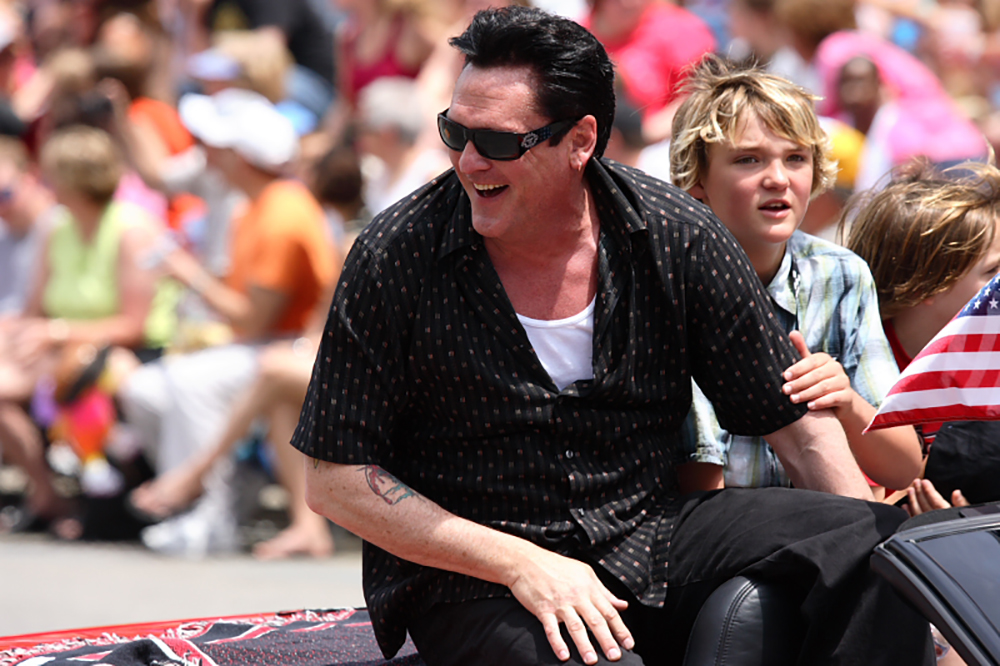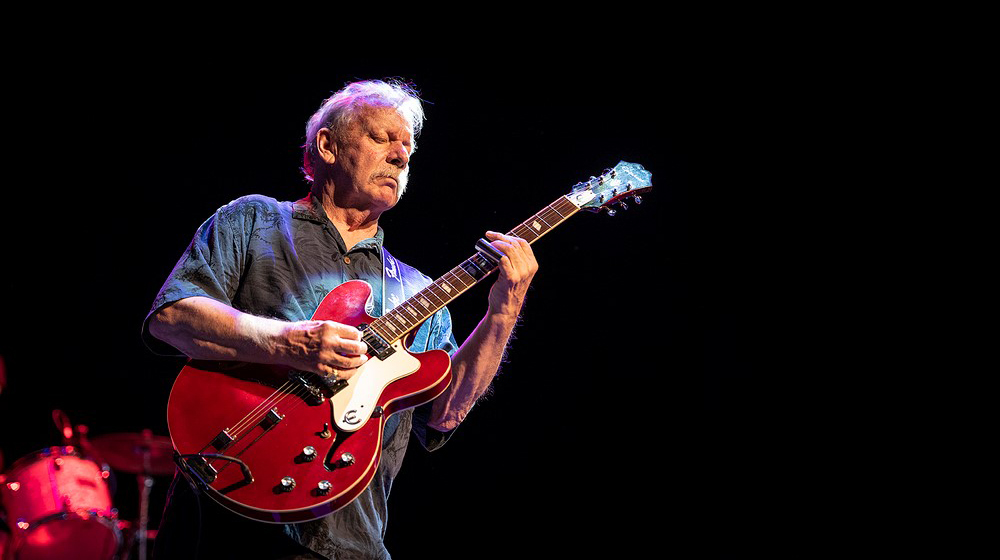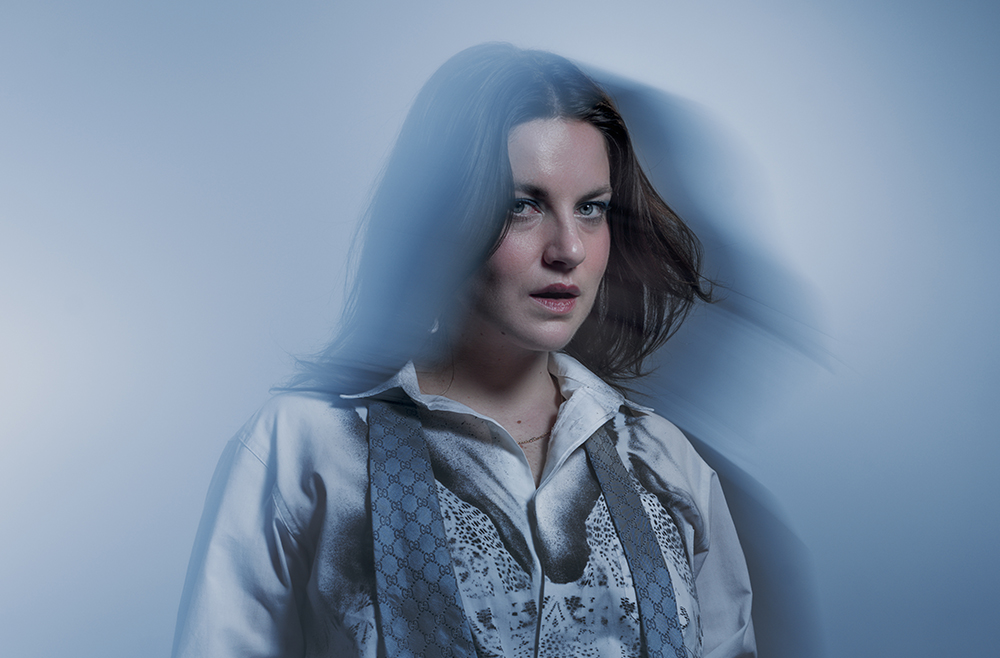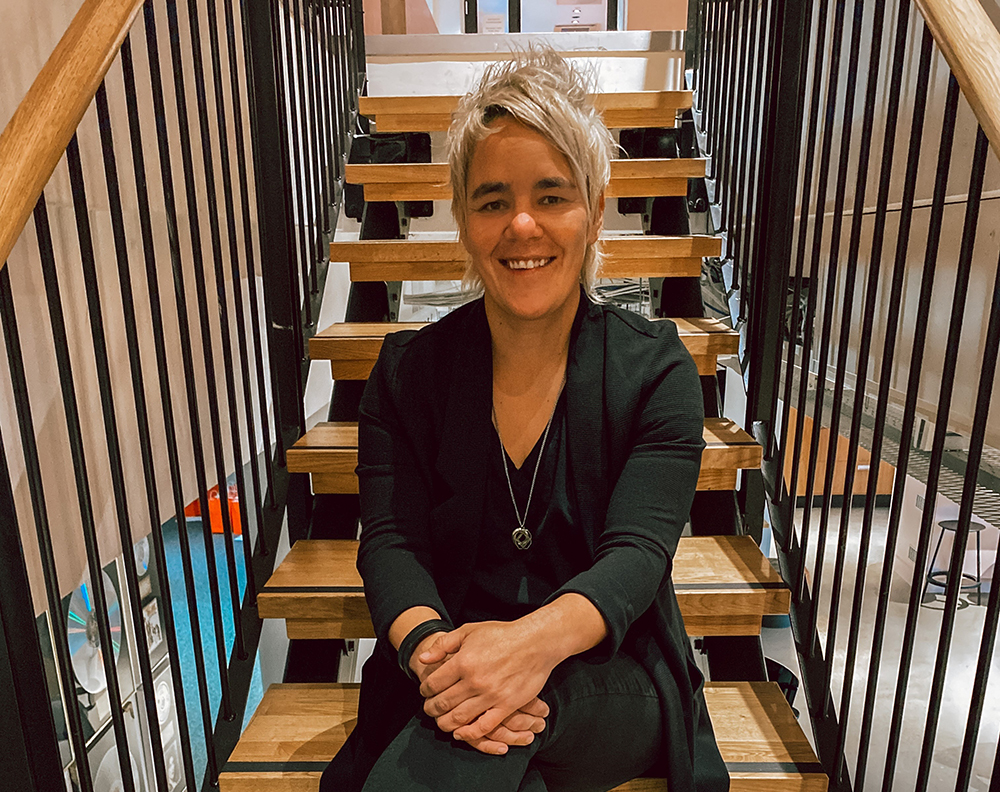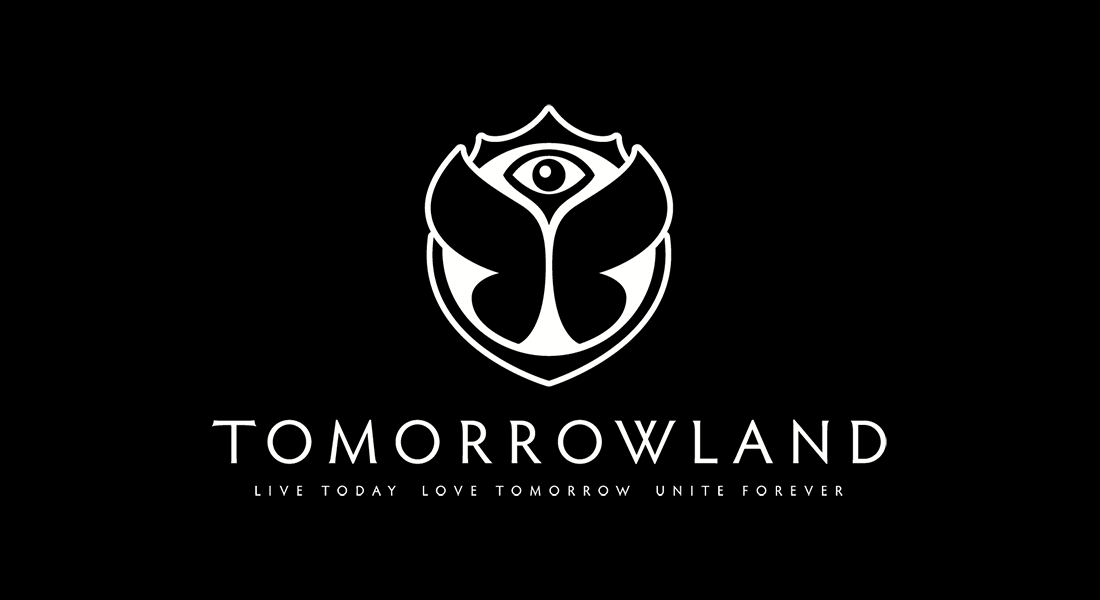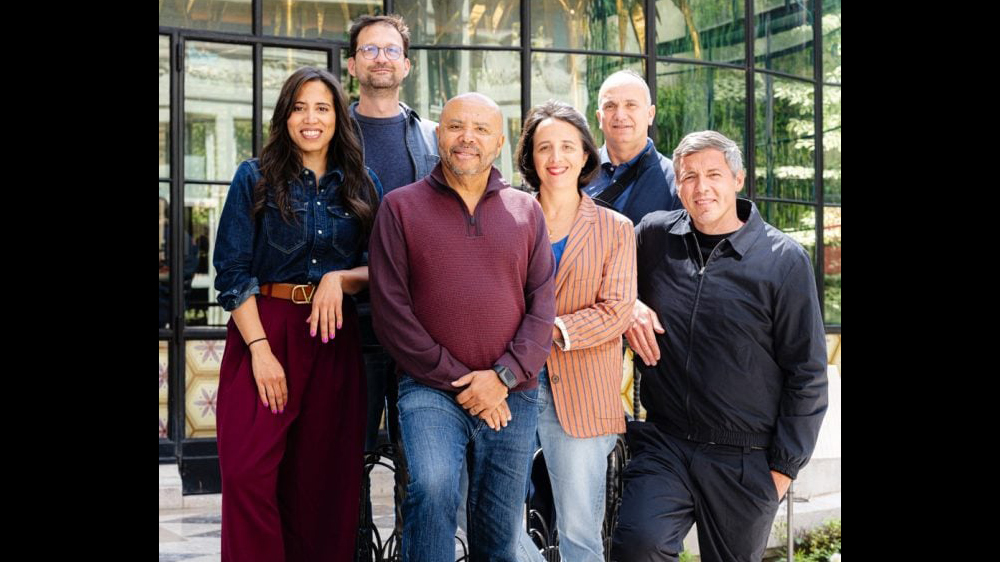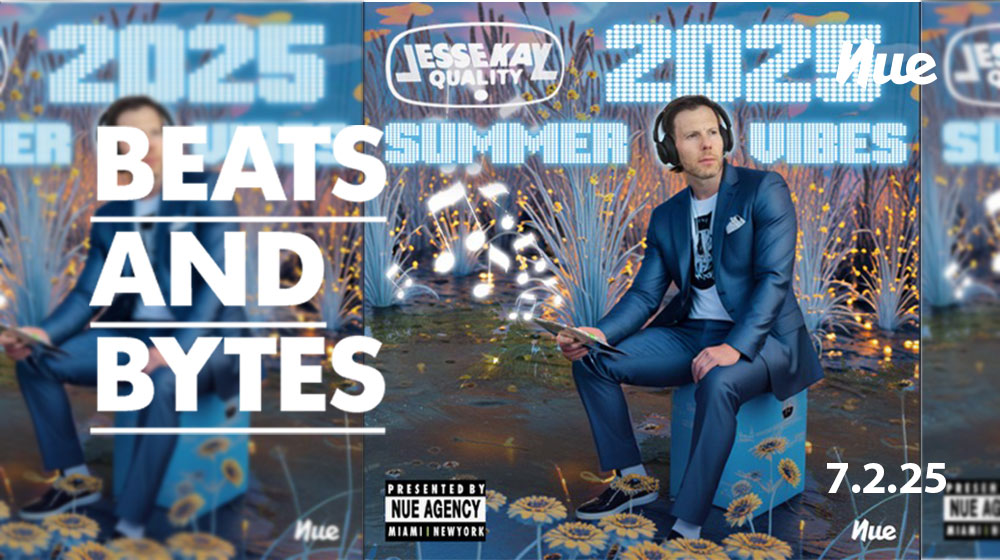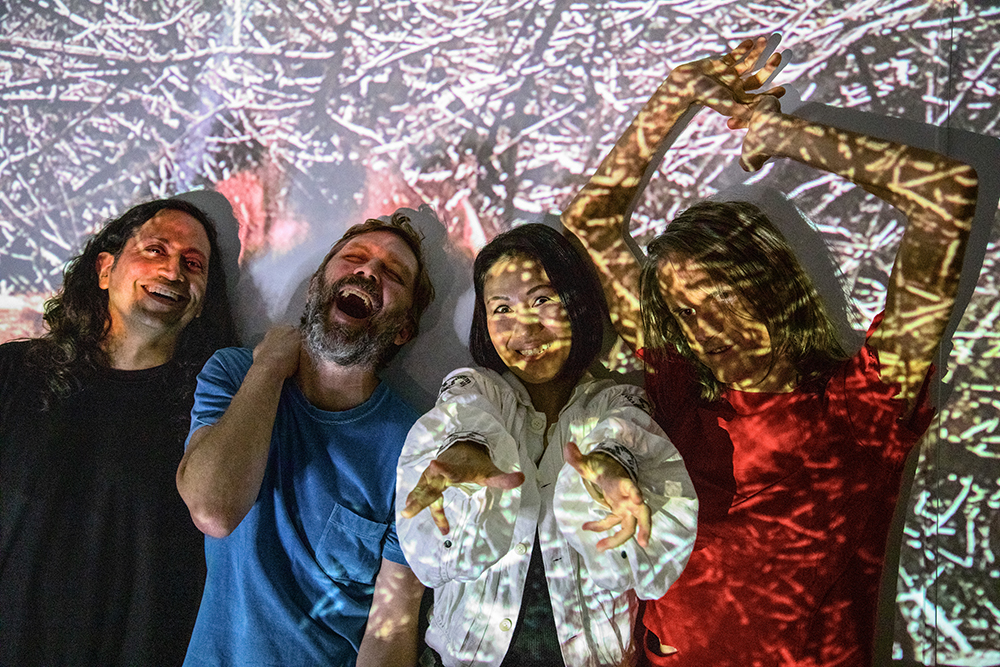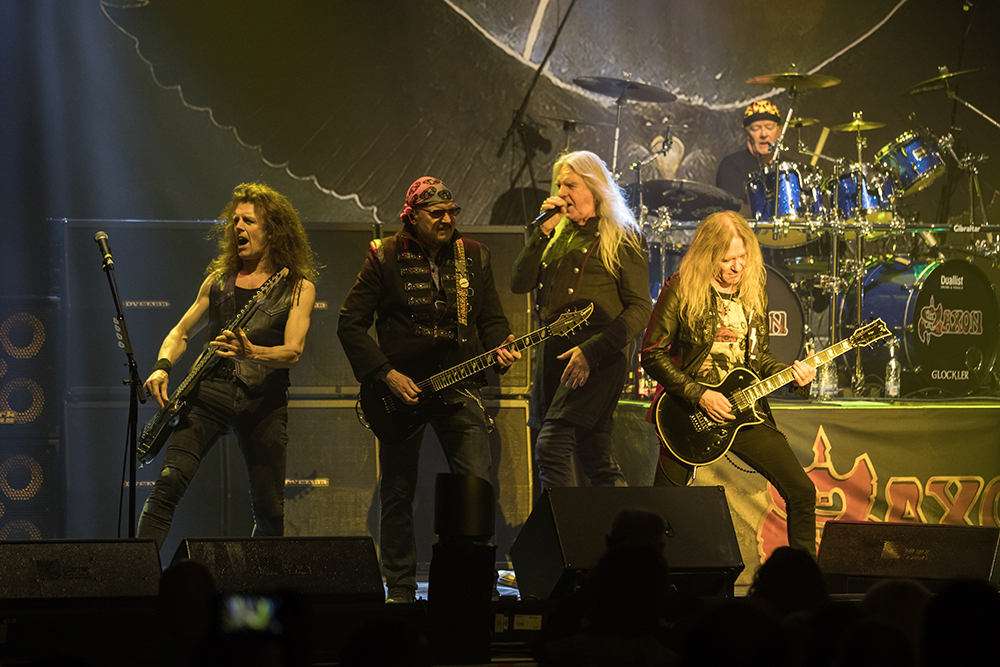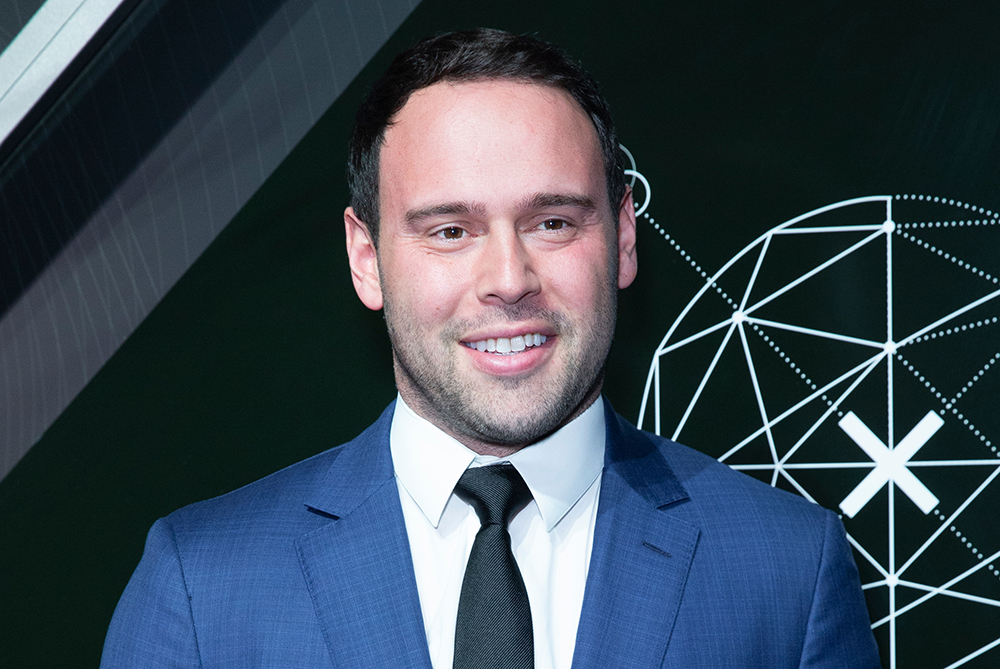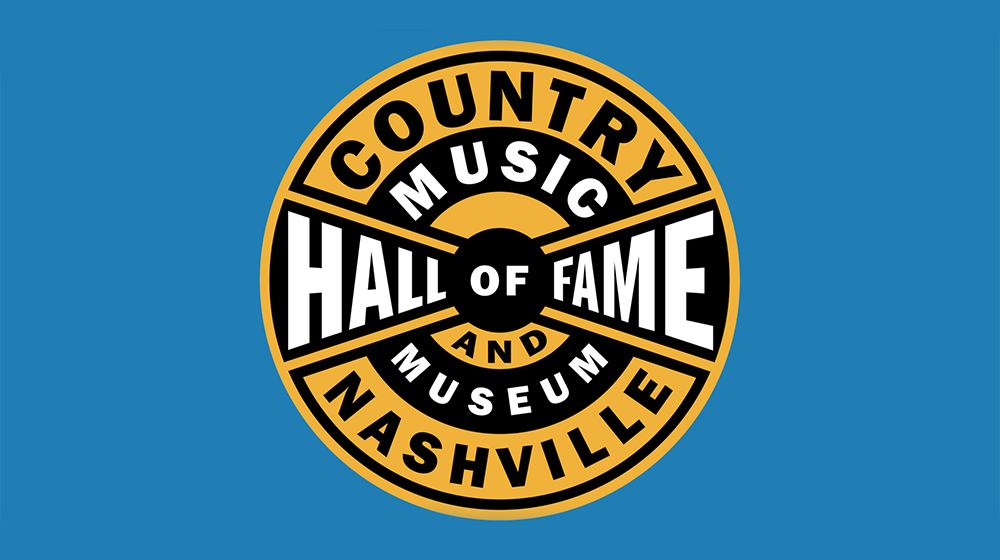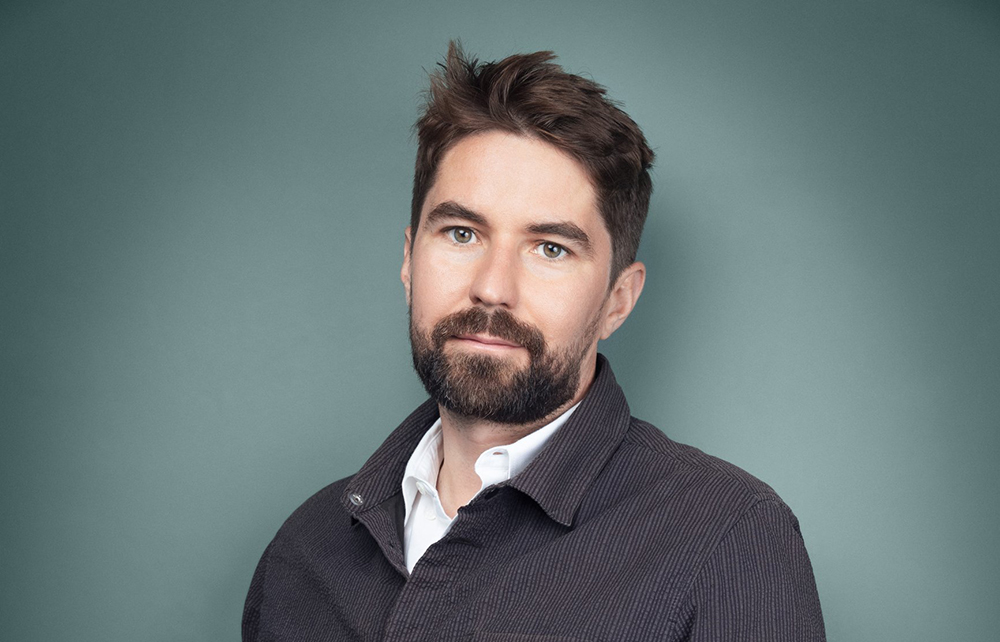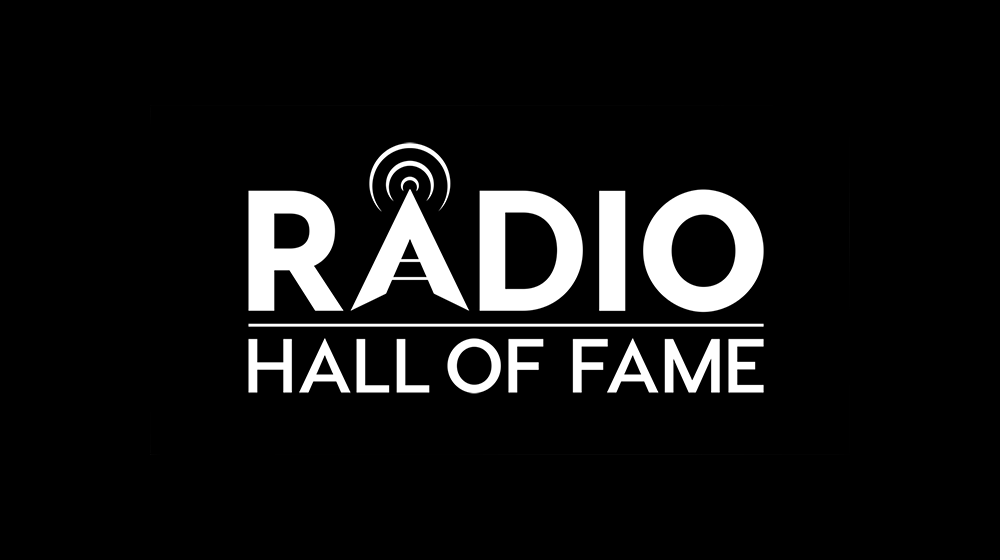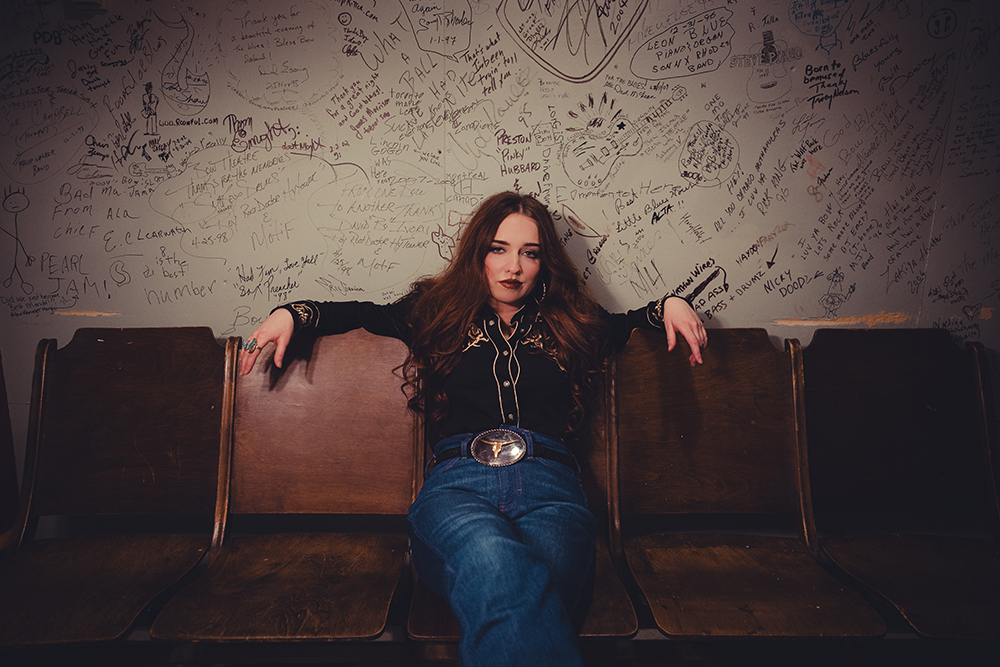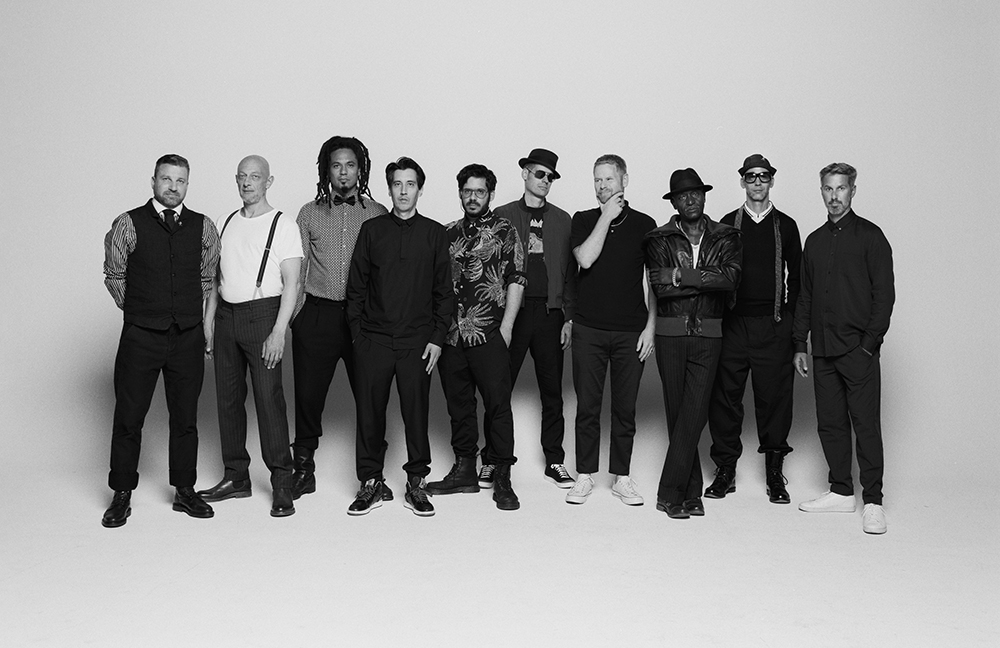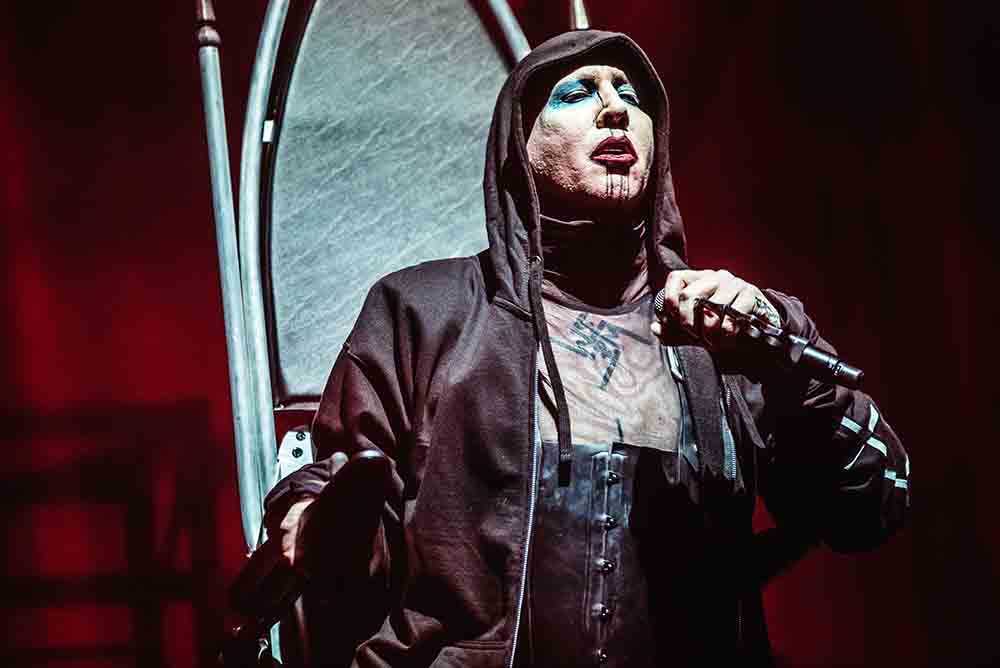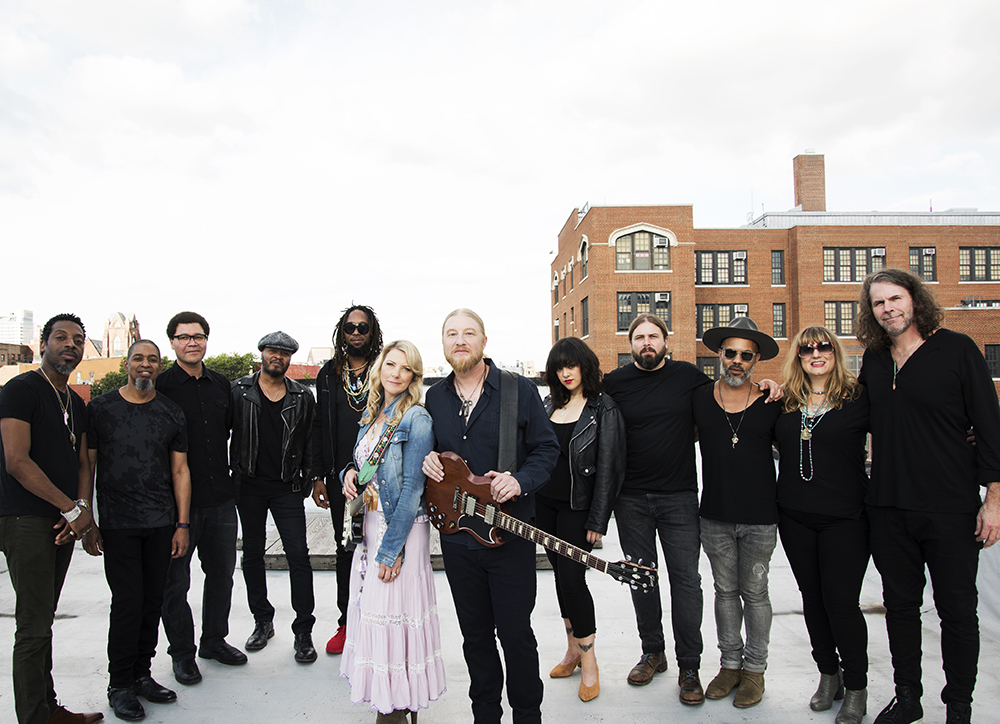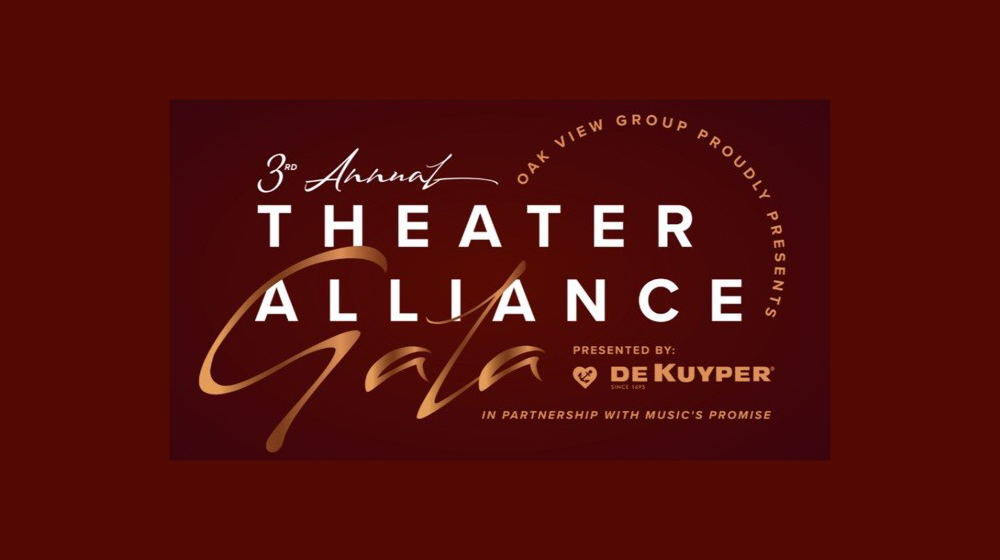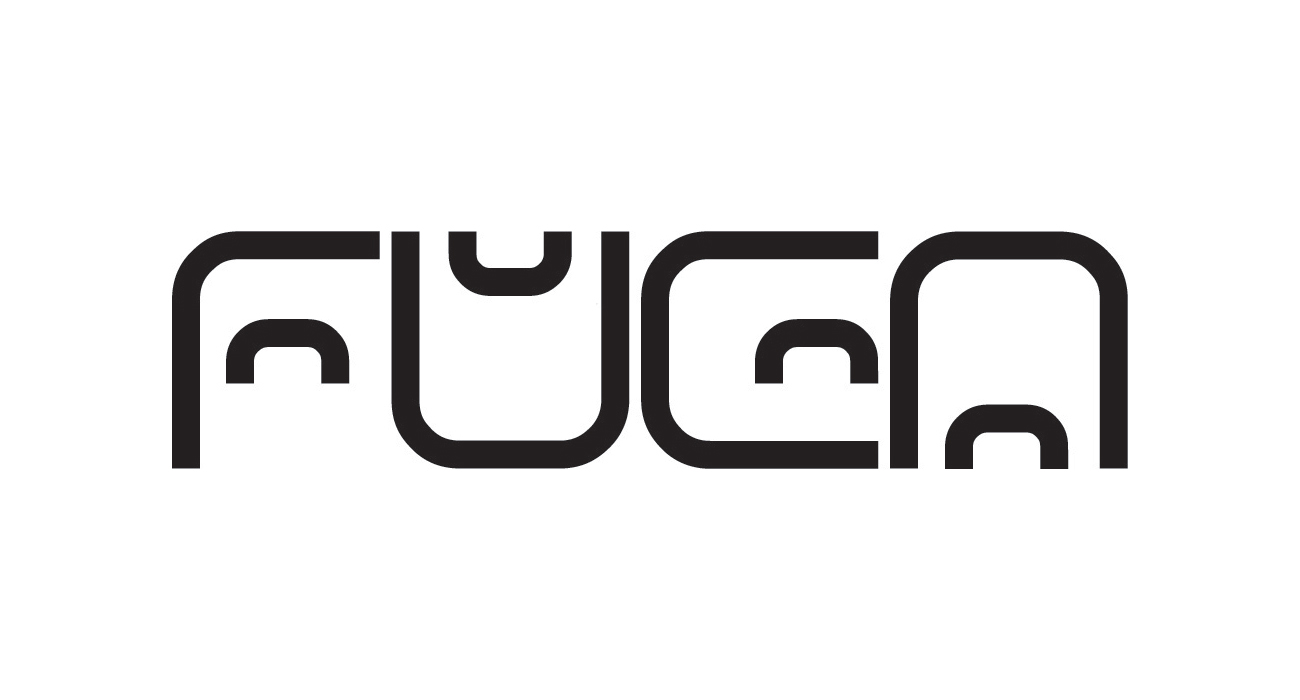This week In the Hot Seat with Larry LeBlanc: Alisa Jacobs, CEO/Co-Founder, Queens Gaming Collective.
It is wildly shocking that Alisa Jacobs doesn’t lead a women’s roller derby team because she talks the talk of women in gaming— about camaraderie, personal empowerment, and storytelling–as being a contact sport.
“It’s really passionate, bad-ass women,” says Jacob, CEO, and co-founder of Queens Gaming Collective in Los Angeles. “They are unapologetic, they are feminine, but not girly, per se. They can hold it down with the boys, but they are also really collaborative and thoughtful and creative and strategic.”
“Revenue is king, but culture is queen,” continues the mantra of Jacobs who, before co-founding Queens Gaming Collective, launched the innovative branding agency Loop, and led culture and partnerships at beverage company Diageo.
If you hadn’t noticed, game streaming viewership nearly doubled during the pandemic.
More about that later.
Online gaming is already a $172 billion industry that is now on track to be $190 billion by the end of this year. According to a recent Deloitte report, the industry is witnessing significant growth.
The idea that gaming could be broader—that it could be opened up to an untapped audience of females, as well as very young and older players—doesn’t seem to have occurred to the industry, which has focused for two decades on the same audience.
That’s males, hardcore video-game players who play strategy games, who play shooter games, and hang out on digital channels.
Even though gaming is a male-dominated industry, with challenges in diversity and gender inequality—and rooted in the fact that things have been done for so long in a certain way—women account for 46% of all game enthusiasts.
It’s now becoming clear that gaming is a lifestyle, and that women—the Queens—are already a significant part of that culture, and according to industry sources, the number of women gamers is increasing at a faster rate than male gamers.
That is the sweet spot that Queens Gaming Collective recognizes.
Co-founded by chairman Justin G Giangrande, and Jacobs, Queens Gaming Collective’s mission is to oversee a global gaming movement by providing women creators, streamers, and competitors equal access to infrastructure, resources, and representations to build their brands and careers.
Queens Gaming Collective, armed with solid financial support, and some extremely highly motivated and talented women in its ranks, and with a diversified top-flight board, can essentially be broken down into a three-prong structure focused on talent, content, and merchandising.
The collective already houses such musical acts as the singer/gamer Cray, DJs Coco and Breezy, vocalist/model Erica Nagashima, Sunzibae, bunnymightgameu; content creators AvaGG, Kiera Please, demisux, Bloody, Kayla Delancey, BlackKrystel, xmiramira, SavEdgeDoll, HelloIAmKate; cosplayer Maid of Might; WNBA champion Alexis Jones; and L.A.-based actress, model, influencer and gamer Carrington Durham, who has 2.4 million followers on TikTok, and more than 1.2 million on Instagram.
Among the company’s strategic investors are: Amy Finnerty (Prior EVP at Maker Studio, and former VP of MTV), Lauren Jarvis (Head of Content Partnerships at Spotify), and Assia Grazioli-Venier and Rachel Springate (founding partners of seed-stage fund, Muse Capital), Rosie O’Neill (Sugarfina co-founder), and Dre Hayes (Co-Founder/Brand Architect at The Foundation Showroom).
Queens also recruited, as a partner and head of talent, Taylor Heitzig-Rhodes from Evolved Talent Agency. She is responsible for identifying, signing, and managing rising talent for the Queens. At the Evolved Talent Agency, she brokered deals with endemic brands like NVIDIA, Razer, and Logitech; brands entering the space such as Bumble and Tide; and such esports organizations as T1, G2, Team Liquid, TSM, and Cloud9. Her work with streamers like Chica, Alexandra and Andrea Botez, QTCinderella, Athena, Chells, Adeptthebest, and JustaMinx gives her considerable insight into the world of women streamers.
Queens Gaming Collective recently announced that it has partnered with the livestream platform LiveXLive to expand visibility for it gaming clients and influencers through LiveXLive’s global distribution platform.
How do you find time for gaming?
(Laughing) That is a night and weekend activity.
Due to the pandemic and other factors, gaming is expanding at a dizzying rate. It’s really quite explosive what is happening with women being involved.
I agree with you that it is expansive, and it’s explosive or I wouldn’t be in it.
Gaming is now bigger than ever, arguably it has become equally as important as music and film in our culture today.
I agree. I talk about it a lot. I come from a high-speed culture in terms of lifestyle marketing, branding, and innovation. It’s all about storytelling and consumer experience across media, fashion, sports, music, and entertainment. Really shiny objects, right? I led culture and marketing for spirits for five years at Diageo working across multicultural and luxury portfolios with brands like CÎROC and Don Julio. I spearheaded partnerships ranging from NYFW to the Grammys, Kith to Moschino, Billboard to GQ, and celebrity collaborations including Sean “Diddy” Combs, DJ Khaled and Karol G, to the Kardashians, Ellen DeGeneres, and The Rock himself. And when I look at it (gaming) I look at it not only as an important pillar but as an ecosystem. I often say that gaming will save music. Gaming will save fashion. Gaming will save entertainment, especially during the pandemic with everything on hold; and with the difficulty of getting parts for production, and lack of touring.
With brick-and-mortar stores closing their doors, a lot of retailers were bankrupted by the pandemic. Gaming is the new e-commerce. The metaverse is a marketplace. So, I often say gaming saves fashion, music, and sports. The community has transcended into what I call eculture. Gaming has really become eculture.
How much staff Queens Gaming Collective have? And, now as the COVID-19 pandemic is somewhat receding, are you building up?
We are. We are double the staff that we anticipated at this stage. We are at 16 almost 20 staff members if you include part-time, and independent contractors. That is not including agencies, advisors, and strategic investors
Launching such a dynamic new company during the COVID-19 pandemic couldn’t have been easy.
We were built in a cloud. We built Queens Gaming Collective remotely while we were in the throes of the pandemic. While that was incredibly challenging, it was about building culture and community and hiring executives that we hadn’t even met yet, except through Zoom. We are also uniquely equipped to weather the storm. So while there are definitely challenges there…
So until you all get back into the office?
We are now in this kind of hybrid model where there are some folks in the office, and some are working completely remotely. People in different cities. We are adaptive, nimble, and flexible; and able to work at any ungodly hour.
You are based in Los Angeles?
Yes, I work out of L.A. Sometimes, I am traveling to Miami and New York.
You have 15 years of experience across sports, music, fashion, spirits, and esports, working with start-ups to industry giants like Activision-Blizzard and Diageo. Are you still involved with the Loop branding agency?
I am a founder of Loop, and I have a business partner at Loop. So Loop is still active, but my day-to-day is really Queens.
You come from an advertising background in the digital age.
I started in sports. I have been in music, fashion. I have been in spirits. I have been in gaming, and across-the-board entertainment. I have worked with Fortune 500 companies and a lot of start-ups, building from the ground up. I have had an interesting range of experiences I would say, and I consider myself a bit of a polymath (a person of wide-ranging knowledge or learning) because of it all. But from the advertising, and all of the media mix for sure, it is all really about story-telling.
At its core, Queens Gaming Collective is a media company?
Like you, we tell stories, it’s just different consumer touchpoints. My partner Justin Giangrande and I looked at innovation as opportunities to deepen the connection with our community. Whether it’s influencer partnerships, brand collaborations, product development, or IP and licensing, the objective always is to tell meaningful stories that celebrate, and uplift the (gaming) culture.
At the same time, the challenge remains to keep the messaging authentic while working with different consumer touch-points.
Whether we are innovating a new product to launch to the world or doing a brand partnership or an influencer collaboration or IP licensing, it is all the same idea of how do you tell meaningful stories across different touchpoints? Yeah, 100%. Brands have shifted from the traditional media mix of TV, radio, and out-of-home advertising to digital and social media. Gaming is now a big focus for corporations trying to recruit millennial, and GenZ consumers.
I am a fierce advocate for cultural collision. To learn and grow, we need travel, immersion, exposure, and a wildly diverse network. I don’t think anybody learns without cultural exposure; without a widely diverse network. I want to be the fish out of water where I don’t think anybody is going. So when I look at companies, and it’s something that I am aggressive about, something I am bullish on. Not just the DEI to check a box but what every level of the company looks like. But on a personal level too it is how I befriend (people). With storytelling, I am a big fan of combining originators and rookies. There is nothing more powerful than bringing those people in. I often say that I’m a futurist because I’m a historian. I study heritage. I study where things come from because I love words and stories. That is why I have always been at the forefront of culture. That is why I predict a lot of what is coming up next in music, fashion, and gaming. It is really not being psychic. It is understanding where things come from and where they go. Everything is cyclical.
How does Queens Gaming Collective make money?
Queens Gaming Collective is a three-prong approach. It’s management, media, and merchandising. So on the management side, you can think of it as the talent agency component where we represent diverse women. We have 20 gamers. We are commission-based on all brand deals, partnerships, and with integration. And we also fill the A&R to develop them, and to build their star power in brands. Not just turn-key, pay the price. At the end of the day, we are looking to be the biggest media company of the decade, especially for women in gaming. For media, we make money from brand partnerships, and with advertising in custom, and branded content, but also on the back end with publishers like the Twitch and YouTube platforms that pay for eyeballs. We also have scripted and non-scripted projects in development in film and television. And then from an IP perspective, we are launching the first fashion drop for our merch in July. We are also working on building out games by both helping indie developers get their games made, and also creating wholly-owned games on the Roblox platform.
Essentially, Queens Gaming Collective is a 360-degree entity?
You could almost think of it as a talent agency, a content studio, and a branding studio. And that branding studio is the productization side. Then, of course, there’s the tech component, and things like that. We have brought in close to $1 million in revenue in 5 months, and that was our year one target.
Under this 360-degree umbrella relationships and storytelling are essential components.
Yeah, products tell stories, It’s all about relationships. I really believe that whether you are a service, a good, or media, it is truly about the relationship that you have with the audience, the consumer, and so on. The 360 model is all those things, and it is about going on that consumer journey, and telling the whole story arc together. That is where it gets really interesting. And that is where I think that you are really building community because gaming is all about community. It is a niche community. It is a territorial community.
I’m not sure that I agree that that the gaming community is niche anymore. An earlier generation within it, has shared its passion with their own children. Yes, it’s still very much a relationship community but, due to evolution and technology, and growth of high-definition screens in the home, and the constant need for content, gaming has grown far beyond its traditional boundaries. It has moved away from what it once was—a somewhat singular experience to increasingly more social experiences, though it remains obsessively cultish.
I think that the community at its core is niche in that they are very protective of the space. As celebrities, and as other folk come in, it is really territorial, frankly. I use niche as my euphemism for territorial. But they are very protective, and they are very loyal. So when you bring in a big celebrity, even if they are a gamer, if they don’t get the “vouch,” and the “plus one” to the party, like from someone in the community, it is a huge issue. I think what we are doing is very smart in that we are focused on insuring authenticity, first. So if you notice on our channels and stuff, we have purposely built them so the core is protected, and the core is the central gamer. The identified gamer. Then, as we expand, we have crossover talent. Our roster is everybody from esports athletes, streamers, cosplayers, casual gamers, crossover models influencers, DJs, designers, even world champion athletes. We have recording artists. At least, four of them also identify as musicians which is really encouraging. So we find the gamers first and as we start bringing others in it’s because of “the vouch.” Just like a party. If you go to a Grammy party, and if you are not on the list, someone has to come and vouch for you at the door. That’s what I mean.
Almost any new cultural trend immediately attracts outsiders. You can’t do that with gaming. If you aren’t a gamer or you aren’t aware of the nuances of the gaming culture or you don’t have “the vouch,” you are not going to be accepted in the gaming community.
Right. We have a really intensive vetting process for the talent, executives, investors, partners, and brands we are working with. We are really thoughtful about what we stand for. The ethos of the company is more important than anything
One legacy of the COVID-19 pandemic has been its power of acceleration. It sped up the digitization of gaming online at a time that there was a desperate need for distraction. While most everything was on hold due to the pandemic in 2020, game streaming viewership nearly doubled. However, the pandemic also crippled video game development, and the industry’s release schedule
There was the slowdown in production of consoles, development tools, graphics cards.
During the winter and spring release period, there has only been a trickle of titles making it to market. Ubisoft delayed its entire line of spring games. Bethesda delayed its pair of PlayStation 5 timed exclusives with Deathloop now slated for September. And Warner Bros. delayed its multiplayer, first-person shooter game, Back 4 Blood to October 12th.
2020, instead, saw the resurfacing of the iconic indie online multiplayer social deduction game, Among Us. The only really new big game was Fall Guys: Ultimate Knockout, the multiplayer party game with up to 60 players online in a free-for-all struggle.
However, there are signs that the pipeline is re-opening. Holiday 2021 will feature numerous big titles, including Halo Infinite, Call of Duty, and Battlefield 6.
C’mon Larry you are a gamer.
Hardly. That’s my daughter, Robin. So the past year, it was an unrelenting headache being on the creative side of game development as it was so difficult to get things done.
I agree. I think that it was a bit of a “Tale of Two Cities.” From a game development perspective, it was definitely stalled. I wouldn’t say stagnated, but definitely stalled. When you look at the companies building and creating a lot of these games, they are humanists, right?. I was senior strategic adviser at Activision Blizzard during the launch the Call of Duty League. My agency handled influencer marketing, digital tournaments, experiential activations, and supported PR. Our job was to create a currency of cool that embedded brands like Call of Duty and Overwatch League meaningfully in culture. But, when you think about it, these big companies had a rough adjustment even going to remote.
During the pandemic, while working on a creative project, a developer basically stepped into their home office each morning, and probably thought, “How is this all going to work?” It forced many people to really push past traditional boundaries.
Or to blur the boundaries. There are defined lines between very blurred, and gray boundaries. When you look at the companies creating the games–not so much indie developers—but talking about games like Battlefield (EA DICE) and Call of Dutys (Activision)—that shift was really challenging for big corporations that were used to (having staff) being able to pop by an office. Efficiencies changed etc. and there were a couple layers of challenges beyond just the obvious. But I think that also happened with the ramp-up in consumer attention. So the newest releases may have been delayed, but you had the resurgence of nostalgia. You had the Mortal Kombat movie coming out—(the third movie based upon the popular fighting game introduces a new character in the form of former professional MMA fighter Cole Young (Lewis Tan) uniting with some of the world’s greatest fighters in a battle to save the universe). You also have had quite a bit of console PC and mobile gamers that haven’t (previously) had time in a while to even consider themselves gamers anymore becoming involved again.
Being with three kids all day, a mother or a father might start wondering by 7 PM, “What do I do with them? Why not play some games together with them?”
Or even when they go to bed.
With much of the world sequestered at home in 2020, viewership of three major streaming platforms—Twitch, YouTube Gaming, and Facebook Gaming—was sky high.
But streamers of Facebook Gaming, and YouTube Gaming saw a larger uptick in viewership compared to those streaming on Twitch. A January 2021 study by Streamlabs and Stream Hatchet showed that overall viewership across Facebook Gaming, Mixer, Twitch, and YouTube Gaming was up 78.5% to a total of 27.9 billion hours in 2020.
Twitch’s viewership still jumped up 67.36%, increasing from 11 billion hours in 2019 to 18.41 billion hours in 2020.
What is crazy is if you look at these really popular streamers – Netflix, Hulu, Amazon, HBO, Roku – all of the streamers combined and compare them just to Twitch’s hours of concurrent viewership, Twitch is more than double, more than double, the entire aggregate viewership of the others.
Twitch holds almost 90% of the market share.
Unbelievable.
(Twitch is a livestreaming platform focused on video games. It was founded in Justin Kan in 2011, originally as a spin-off of Justin.tv.
The website relaunched in 2007, allowing users to create their own channels, and broadcast their own content through the platform. The platform is integrated with Amazon Prime and allows streamers to make money by offering in-stream links through which viewers can purchase the games being played.
Each month, 7 million people broadcast on Twitch, competing for a share of 30 million daily viewers, according to Twitch stats. Some 9.5 million streamers broadcast on Twitch in Feb. 2021, according to Twitch Tracker. This compares to 3.8 million in February 2020.)
Twitch broadcasters have become celebrities in their own right.
Moroccan-Canadian Internet personality Imane ‘Pokimane’ Anys has a remarkable following of over 6.3 million on Twitch. She’s Hannah Montana on warp speed.
Impressive.
A thousand percent. Just to the point that you made, I also think that there is an element of consumer and audience behavior increasing. So while production may have decreased in some capacity, consumption increased. We have an industry that is already a $172 billion industry that is now on track to be $190 billion by the end of this year. And that is 46% women. Nobody really does a great job of talking to that.
The mention of 46% of gamers today being women can turn heads in any conversation. Still, the term “gamer girl” has often been cited as being offensive.
I don’t think that there is anything particularily offensive about a girl that is a gamer. I think that the phrase “gamer girl” has often been stereotyped by a misogynistic, hyper-sexualized, or ostracized treatment that is neither inviting nor encouraging for aspiring young women in gaming.
According to industry surveys, one in three female gamers to half of all women in gaming, have experienced abuse or gender discrimination from their male counterparts while playing video games online.
The problem is so widespread that 30% of women playing games online refuse to reveal their gender. About 23% of them avoid using voice chat, which is crucial in online multiplayer games as it helps players understand each other and work together as a team.
Call of Duty, for example, relies on teamwork, but a lot of times, male-dominated groups don’t want females to participate because they feel females are going to bring the team down. Or any support a female shows another male streamer is because the female is interested in them. Any guy they play with is somehow deemed their boyfriend. Also, there are males who will accuse women gamers of “catfishing” because they’re too good to be a female.
Sexist and discriminatory behavior while playing video games is reportable, but there’s no real way to remove an offensive player from a game. While an account can be banned, the person can create a new account on a different email address, and then play on that account.
A lot female gamers play down their femininity in order to maintain credibility as a gamer; that they feel they must fit into the caricatured role of the “girl gamer” in order to be accepted. Some women have distanced themselves from the term “gamer,” even though they may play regularly.
What you are finding are a couple of really devastating realities. One is that there are women that use voice-altering software just to be able to have a seat at the table or the console. Another is from an advertising perspective. Part of the normalization of avatars, cartoons, anime, characters, and different visuals in representing someone rather than their image is anonymity. So there are a lot of women who use characters in their cache package file because it is important for them to be taken seriously. But it is challenging because they have a world in which they have really the two paths. They either have to downplay their femininity to the point that they are almost digital tomboys, taking sexuality completely out of it in order be one of the boys; or they are being in a very offense-like phase to be streamers; to be a lot more than girl gamers because of misogyny, and the sexualization; where, to build audiences, that they are trapped in this sexual lie.
According to a recent Deloitte report, the online gaming industry is witnessing significant growth and is expected to grow at a compound annual growth rate of 40% by 2022.
More women are now enjoying gaming, participating in all kinds of eSports, from battle royale games and virtual sports to casual games. As per the “Think With Google APAC Play like a Girl Report, 2020” emphasized that the number of women gamers is increasing at a faster rate than male gamers.
According to a report from Newzoo, which monitors and analyzes data from the gaming industry, esports are expected to top the $1 billion revenue mark in 2021, which is up approximately 14% from the $947.1 million generated in 2020.
In recent times, esports has seen more investment placed in diversity and
inclusivity with Gen.G partnering with dating app Bumble to scout and house all-female teams, Cloud9 signing a female Valorant roster, and Dignitas launching their ‘FE’ platform for women in gaming.
esports is being recognized as a mainstream career option globally with players playing compete on teams that play Overwatch, Fortnite, Rocket League and, starting this summer, Valorant. it opens up a lot of avenues for women gamers.
Massively. Yes, 100%. And it is creating opportunities. At Queens, all of our key executives are women. It is unbelievable to see the strength in the executive and the creator class. Then also the talent. You look at the youth pipeline or you look at what is happening colleges. There are esports majors. There are esports teams being integrated in the (college) athletic programs.
Madison Marvels, sponsored by Code Ninjas, has a Sun Prairie program in the U.S. that teaches kids computer programming skills, including video game development. After improving their skills and learning how to play as a team, players move up to the Gold level, which is more competitive and is typically made up of older middle school or high school kids.
Nationally, more than 170 American colleges and universities participate in esports. Some colleges are offering esports scholarships to promising youth players. Edgewood College in Madison, Wisconsin has scholarships that range from $1,500 to $2,000 for its new esports program.
It is a pretty fascinating phenomenon and a pretty meaningful shift in terms of economic inclusivity (providing equal access to opportunities and resources for people who might otherwise be excluded or marginalized).
It’s noteworthy Procter & Gamble’s leading tampon brand Tampax will enter the esports world with its first Tampax Gaming Fest on Friday, April 16th at 8 p.m. EDT on Twitch via KittyPlays’ channel, and across VENN streaming channels.
(Tampax Gaming Fest will host a virtual panel featuring top gamers, Katherine Gunn (aka KatGunn or MysticGunn) and Rumay Wang (aka itsHafu), and Erin Ashley Simon, the multi-media personality, host, producer, and part-owner of XSET esports organization.
With Twitch influencer Kristen Michaela (aka KittyPlays) as the moderator, this group will discuss their experiences as women in a male-dominated industry, the power women can harness when they learn more about themselves and their bodies. In addition to the panel discussion, all-female identifying Valorant teams TSM, CLG, and Dignitas will participate in a live tournament on Twitch alongside a 4th team of skilled amateurs with the chance to win a share of a $10,000 prize pool.
(“If you had told me seven years ago that I would be participating in a tournament hosted by a period brand, I would have been so hype that making a career out of playing video games had come this far,” said Kristen Michaela. “I love that a brand like Tampax has stepped up to support and validate female gamers by encouraging conversations about our experiences and bodies. Our shared mission to help women feel their power and move towards acceptance of our periods as a positive force is such a perfect fit.”)
It is also noteworthy that HyperX, the gaming division of Kingston Technology Company recently acquired by HP, is now reaching out beyond its male roots to embrace women and diversity.
HyperX has teamed up with 1,000 Dreams Fund‘s BroadcastHER Academy to support the next generation of talent in the gaming industry, HyperX will support 10 women selected for the 2021 Academy Fellowship Program. 1,000 Dreams Fund, a national scholarship fund for American girls in high school and college.
Finally, there’s a women gaming film “1Up,” directed by Kyle Newman, from a screenplay by Julia Yorks, a comedy starring actress Ruby Rose, now in production.
In 1989, according to Variety, women constituted only 3% of the gaming industry
More gaming companies today are hiring women at executive levels, and with entrepreneurial feminism more and more women are now involved in creating games through women-led or women-operated companies.
Yep, and that’s important. I think that it (the change) is bigger than gaming. It’s throughout culture and society.
According to Crunchbase, 312 gaming companies have at least one female founder. Among the female-owned video game companies that are largely female staffed creating games aimed at a female audience are: HeR Interactive based in Bellevue, Washington, founded as a division of American Laser Games, and spun off as an independent entity; and Silicon Sisters, based in Vancouver, British Columbia, the first video game studio in Canada, owned, and run solely by women.
Another sign of how gaming is changing.
It’s happening. It’s baby steps, but it’s a huge opportunity. There’s a hole in the marketplace, and it is important to have diversity of thought. If you don’t have women in the boardrooms. If you don’t have diverse representation and thinking at every level of the business from top to bottom, you are just going to have more of the same. Inclusivity impacts output, and ultimately the bottom line. It is capitalistically beneficial as well. It is not just for social impact. It is not about doing the right thing. It is also beneficial to the business. To me, progressive leadership means coming from a place of purpose, collaboration, and alignment. It’s a team-wide commitment to the big picture. We are in it for the long haul to shift the industry. The end game is leveling the playing field. A lot of that comes with having that important collaboration between men and women, between men or women who have both feminine and masculine leadership styles.
The story of women involved in the gaming industry is an untold one.
Among the women gaming pioneers not to receive deserved recognition are: Fourth grade teacher Mabel Addis, the first writer of a video game, and the first female game designer. In the mid-60s, she wrote and designed what may be the first computer-based text adventure, the Sumerian Game, developed as part of a joint research project between the Board of Cooperative Educational Services of Westchester County, New York, and IBM for investigation of the use of computer-based simulations in schools; Carol Shaw, the first woman to develop a commercially released game, 3-D Tic-Tac-Toe, for the Atari 2600 in 1978, and she designed and programmed the vertically scrolling shooter River Raid, published by Activision in 1982; and Dona Bailey who programmed the 1981 arcade game Centipede, and its home console versions.
Also, there’s Lesley Eccles, who co-founded the fantasy sports betting juggernaut Fanduel in 2009; Holly Liu, who co-founded the multiplayer social game studio Kabam in 2006; video game designer Roberta Williams, a co-founder of Sierra On-Line with such graphic adventure games as Mystery House, the King’s Quest series, and Phantasmagoria; and, of course, Brenda Laurel with her company Purple Moon that pioneered humanistic values within human-computer interaction fields as part of the “purple games” segment of the in the Games for Girls movement of the mid-1990s.
More recently, Eunice Chen made a name for herself in esports as an event manager for Riot Games in 2013, planning and managing events as part of the World Championship. She currently serves as an adviser of North American giant Cloud9 Esports and operates Enlightgg which helps professionals start and succeed in their esports career with masterclasses, and a coaching-focused community.
Finally, Kayla “Squizzy” Squires became the first female Call of Duty player to turn professional in 2015 upon qualifying for the Call of Duty World League in the Australian region.
None of these woman have been adequately recognized.
We are looking at content around the pioneer stories and collaborating with themand some of the rookies or the next step with the kind of the B Girls now. I think that’s an interesting story. Imagine some of these older women playing some of the newer games with the top streamers, and the streamers having a fireside chat with the pioneers.
Video game research over the years kept showing that males were drawn to violence, competition, power fantasies, and winning; whereas females liked games that focused on the relationships between people and social dynamics involving such aspects as cooperation, narrative, characterization.
In her book “Utopian Entrepreneur,” Brenda Laurel wrote that she would sometimes lose her job just for suggesting games could be more than shooting and fighting.
Nevertheless there was the Games for Girls movement of the mid-1990s when titles like Barbie Fashion Designer, Rockett Movado, The Baby-sitters Club, Nancy Drew were popular.
Today, it is still widely assumed that male gamers prefer fast-paced, explosive action and combat games while women prefer role-playing video games with character development and plot dynamics.
Statistically, both men and women favor strategy games. Men tend to prefer sports, action-adventure and shooter categories. Women enjoy a broader range of games like puzzle, simulation and arcade.
So, you as a woman aren’t as interested in first-person shooter or third-person shooter, stimulators, action-adventure, and online battle arena games? Shoot-em-ups and bullet-hell games which rely heavily on twitchy gameplay involving plenty of shooting? Or sports stimulation or survivor horror games?
I am interested in all of it. I am a bit of an anomaly.
As Sony and Microsoft continue to make strides in what they term “next-gen” gaming, this year saw the two competing companies record a five-year low in having female-led characters in games released on their consoles. A report by Buzz Bingo indicated that only 8.6% of games released on PlayStation in 2020, and 8.4% of games on Xbox released in 2020 featured female protagonists.
Meanwhile, the Call of Duty franchise with its multiple entry points across premium, free-to-play, and mobile has been an enormous success with both male and women players; and Activision intends to implement its characteristics into its other major properties. It has “multiple” free-to-play Warcraft mobile games in development, and is clearly taking a similar mobile tactic with Diablo.
From statistical evidence, I know that women are better at hand-eye coordination and problem-solving. They gravitate toward master classes. They like tutorials and do DIY. They love communication and collaboration over competition. They also love combat and competition. But they have another story-telling format that intrigues them. I think in part because women simply multi-task more mentally at times. People don’t realize that 28% of the Call of Duty audience is women.
The Call of Duty franchise has always been a successful one, but that has never been truer than it is today due to the massive appeal of Call of Duty: Warzone which released a little over a year ago, now has over 250,000 active players. There are many factors contributing to this, including the game being free to play, the popularity of the battle royale genre, and the release date coinciding with the Covid-19 global quarantine.
There has been strong female interest in action-adventure games and MMORPGs like World of Warcraft, Second Life, Counter-Strike, and Dead or Alive 4.
And Call of Duty is a shooter game that is traditionally considered the most masculine or boyish besides sports games like Madden and NBA2K (a series of basketball sports simulation video games released annually since 1999) and still it boasts more than a third female consumers. And then, of course, there’s Grand Theft Auto, and all of these shoot ’em up games. But I think part of it is what we normalize and teach kids that they should care about. I think all of that stems from the gender standards and what we are teaching our kids. And that is why that I think that gaming has a pretty interesting entertainment opportunity earlier in the pipeline, and earlier in the life cycle.
When the full impact of the Internet became evident in the early ‘90s, driven by technology-empowered consumers, entertainment industries were side-swiped, and initially faced a borderless global ecosystem that seemingly defied control or monetization. Today entertainment experiences are more effectively delivered to consumers in a variety of connected ways by major digital services. Everything is in the creative basket today. Everything is at play. You can mix music, film, and gaming. But gaming is agnostic in the sense that it brings into the fold all sorts of things.
You are so right. It is equally agnostic, and it’s universal. It is sort of a catch-all.
While 48% of women in the United States report having played a video game, only 6% identify as gamers, compared to 15% of men who identify as gamers. This rises to 9% among women aged 18–29, compared to 33% of men in that age group.
Yeah, if you think about it, the constant that I am describing, we are a women’s gaming collective. If you asked me what Queens is, at its core, it is a women-led gaming lifestyle organization and we are dedicated to elevating representation across the industry and that means diversity. That means gender equity, and it also means access to entry. A lot of times, we are not democratizing access to identity as a gamer. So when I started with Queens, even when I started with Activision Blizzard, I didn’t self-identify as a gamer. But that is like saying I don’t watch movies because I don’t Netflix every night.
I get it it’s part of your overall lifestyle.
Right.
From a personal standpoint, I’d say younger women today are more plugged in, more worldly, and tend to communicate more than previously. They aren’t happy entering entertainment sectors in traditional roles anymore—say as a secretary, a PA, or as a junior publicist—and I see women being more supportive of each other in the job market which wasn’t as evident a decade ago. Also, men have started to recognize that having women as part of their organization in leadership roles results in increased sales. Women mean sales.
I think that you are 100% correct. I started my career in sports. I started with the Washington Football Team which was the (Washington) Redskins at the time. As you can imagine the competition to fit in. I recognized very young that the territoriality and cattiness of women against women came from (others) pitting against women; whether that was by men or whether that was by other women or whether that was by the industry. Who knows? But when you are taught that there is only one spot, there’s this fear and porosity of protecting that. I think that at times we historically thought that was other communities and groups as well. It is in stark contrast with the nepotism of other groups that support and pull each other up.
A scarcity mindset?
Women surely believed that there wasn’t enough room at the table because perhaps there wasn’t enough room at the table. Now we are in a generation in which it (women in executive position) is not only normalized, but it is expected, and there is a level of accountability for it. And that there is success in women championing women; evidence in the marketplace that there is beneficial revenue that is beneficial to the culture of the company; that is beneficial to that leadership as I mentioned earlier.
With the continued growth of both #BlackLivesMatter, and #MeToo has come several common messages including the importance of embracing diversity; accepting people regardless of race, religion, ethnicity, sexuality, or background; while there has also been a heightened focus by many African Americans, and women is on clarifying their identities, and pinpointing their place in American society.
Absolutely. I think that is why you are seeing that support of multi-cultural women as well but also that there is an opportunity to create space for each other which has resulted in more about collaboration than competition as culture and society has shifted. The wage gap is obviously very real, but as there has been a narrowing of the wage gap, and more executive positions being made available to women.
Nevertheless, women in the gaming industry make approximately 89 cents for every dollar that men made.
I hope that it changes. Some of these thoughts change month to month, literally.
When I started writing I found that it was women who would be the ones to help me advance. To this day, I probably have more women friends in business than men. For the past three years, nearly 50% of the “In The Hot Seat” profiles have been with women.
I’m not surprised. It is really fascinating to hear that from a man’s perspective. That makes you part of the change though. That percentage is what it takes for women to also have more awareness, visibility, more attention, more opportunities.
Women have been reluctant to use the favor bank that dominates male culture in that a favor to another male is understood to be returned at some point.
I love what you say about the favor bank. I am both a victim and a culprit of it because I am unique in that I am probably willing to do favors for more than my inner circle; but, with more typically traditionally women, I never capitalized on them. I was like an outpouring giver but never wanting to ask for favors. I have 15 years of favor bank that I have never pulled a string for. And that is unbelievable.
You sound as if you are from Massachusetts, but I can’t quite place the accent.
I grew up in Medway, a Boston suburb
Your father was the CEO of the non-profit Jewish Family Services of Metrowest from 1996 to 2019. He was the 2018 recipient of the John R. Heerwagen Award for Non-profit Leadership from Middlesex Savings Charitable Foundation.
My father is the gold standard of a good Samaritan, My mom was a college professor for 36 years, and she also recently retired, as well. Their commitment to humanism, social justice and democratized access to resources heavily shaped my viewpoint on life and professional path.
You went to the University of Maryland and graduated with a B.A. in Communications.
I majored in communication studies and then I minored in English literature, Spanish English, and social behavior sciences.
Graduating Magna Cum Laude.
I graduated early. At the time it sounded like a really good idea because I was in such a rush to get into the real world. I was really good at college.
Well, you were certainly active while at university.
Oh, it was so much fun. College equipped me for this. I was taking any credits for Tuesdays and Thursdays while I was working Mondays, Wednesdays, and Fridays almost full-time as the only paid intern for the NFL PA (Players Association and doing game day PR while being mentored by Mike Wilbon (then a columnist at the Washington Post, and announcer for ESPN) on Sundays. I was VP of the Honor Society while interning at the Washington Redskins and NFL Players Association and throwing celebrity events in the DC club scene. My college radio show on WMUC was the first show completely produced and hosted by women at the University of Maryland. It was the highest-rated show on the network and aired weekly on WMUC.
You also volunteered in the inner city with various organizations including Big Brother, Big Sister, and other after-school programs.
I was specifically leading the volunteering initiative which meant that I was in was south-east D.C. volunteering with a boys and girls clubs and with Big Brothers and Big Sisters. I was doing all of these things while doing the radio show at night.
You also landed a job at Wendy Doulton’s short-lived 2011 Bravo reality show, “The Headhuntress.’’ She’s the founder of the Katalyst Group and talent guru for companies like Yahoo Media and Dreamworks.
Working on Bravo’s “The Headhuntress,” featuring our firm, was a pivotal experience in television production for me. I helped develop, co-produce, cast, and star in it. It was a great experience, and I appreciate the recognition, as it was only a two-part special. I rarely expect anyone to know it. We had over one million viewership. As a former executive recruiter, I placed senior executive talent at Fortune 500 companies like Amazon, Westfield, Twitter, and Sony.
Larry LeBlanc is widely recognized as one of the leading music industry journalists in the world. Before joining CelebrityAccess in 2008 as senior editor, he was the Canadian bureau chief of Billboard from 1991-2007 and Canadian editor of Record World from 1970-80. He was also a co-founder of the late Canadian music trade, The Record.
He has been quoted on music industry issues in hundreds of publications including Time, Forbes, and the London Times. He is a co-author of the book “Music From Far And Wide,” and a Lifetime Member of the Songwriters Hall of Fame.
He is the recipient of the 2013 Walt Grealis Special Achievement Award, recognizing individuals who have made an impact on the Canadian music industry.





















